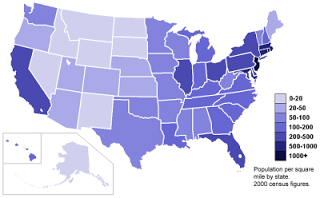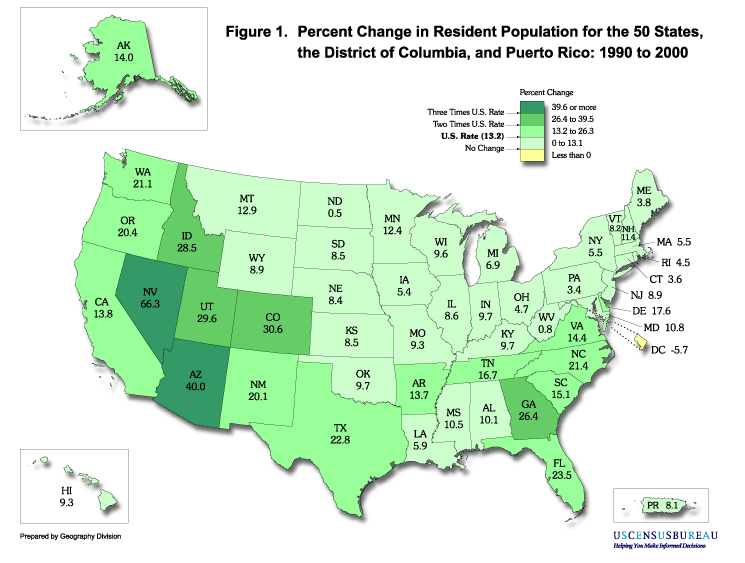http://www.ifad.org/operations/regional/pf/aids_1.htm
Population profiles are used to show fluctuations in population as it correlates with age. In the graph above it shows the population density of people with and without aids at certain ages. The largest number of people without aids for both men and women was 0 years of age. The largest number of people with aids for both men and women was at 20 years of age. These profiles allow us to see how age affects the amount of population given certain circumstances.

















































